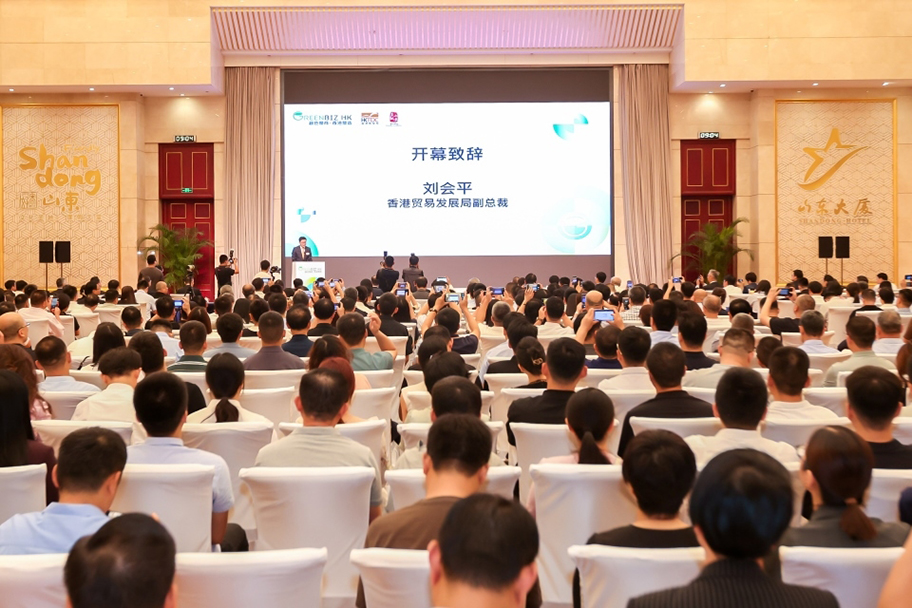The China-Pakistan Economic Corridor: What It Is, How It Is Perceived, and Implications for Energy Geopolitics
By Michael Kugelman, Deputy Director of the Asia Program and Senior Associate for South Asia at the Woodrow Wilson International Center for Scholars
Executive Summary
This essay assesses the scale and energy dimensions of the China-Pakistan Economic Corridor (CPEC), identifies key obstacles, and discusses the implications for energy geopolitics.
Main Argument
CPEC has great potential to ease Pakistan’s energy supply shortages. It could conceivably zero out the country’s energy shortfall, which ranges from 5,000 to 7,000 megawatts (MW), and produce a more diversified and cheaper energy mix for a nation that currently depends on expensive local furnace oils and oil and gas imports. Initial CPEC power projects, comprising coal, gas, hydro, solar, and wind, are envisioned to generate over 27,000 MW. CPEC could also help China pursue its broader strategy of accessing far-flung energy and other markets. CPEC is one of the core land routes associated with China’s Belt and Road Initiative and involves some of the initiative’s first projects to be operationalized. However, it is also fraught with risks. These include Pakistan’s questionable ability to repay loans, as well as security threats posed by separatist insurgency, terrorism, and organized crime. For these reasons, CPEC’s future prospects remain uncertain.
Policy Implications
- CPEC may enable Pakistan to generate more power, but it will not solve the country’s broader energy crisis, which is rooted in factors that go well beyond supply shortages.
- Stability in Pakistan’s security situation and economic performance is an increasingly critical interest for Beijing because it is a precondition for CPEC’s success.
- Given New Delhi’s strenuous opposition, CPEC will exacerbate India-Pakistan tensions.
- CPEC cements the already deep presence of Washington’s top strategic competitor in a region where the U.S. has a much lighter footprint.
Please click to read the full report.




